Founded in 1999, Arcus has developed a reputation for making lightweight, durable bows from non-traditional materials. Company director Bernd Müsing explains how a composite bow is made, from initial design to first hair fitting
This article was first published in the Strad’s Accessories 2016 supplement
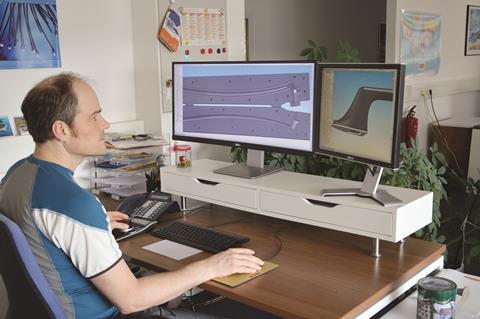
Carbon fibre first appeared in the musical instrument market in the early 1980s. At that time, string players tended to turn their noses up at alternatives to traditional pernambuco: synthetic materials were seen as the poor cousins when it came to bow making, and players were reluctant even to try out bows made from anything but wood. Since that time, however, research and development into composite materials have produced radical alternatives to the wooden bow, all of which have abilities and characteristics of their own, and carbon fibre bows have become the primary choice for many serious musicians.
In 1996 Bernd Müsing, director of German-based carbon-fibre bow firm Arcus, set out to find a way of making a bow that was lighter but stronger than anything he could find on the market. ‘Wooden bows were made to play on pure, unwound gut strings with relatively low tension and low mass,’ he points out. He believes that up until now, such bows ‘lacked the resilience or stiffness that is needed to play modern strings properly’ – hence, he looked into the alternatives himself. ‘Carbon fibre is ideal,’ he states, ‘but if you use “now-tech” carbon-fibre composites, the high resin content makes the stick almost as soft as wooden sticks, and just as heavy.’ In his view, as he states, ‘The perfect bow cannot be much heavier than a Baroque bow. Works by Bach, Vivaldi, Mozart, Schubert and Mendelssohn all demand a fast, elegant playing style, which is almost impossible to achieve with a heavy bow.’
Following four years researching the properties of bows, and the materials and workmanship needed to produce a new kind of carbon-fibre product, Müsing sold his first Arcus bows in 1999. Since then, Arcus has continued to carry out extensive research in the field of composite bow development.
Initially based in Klagenfurt, his workshop moved to its present location, Würzburg in northern Bavaria, in 2008. ‘Würzburg is an ancient city that is also famous for its world-class white wine and the Würzburg Residence, a Unesco World Heritage Site,’ he explains.
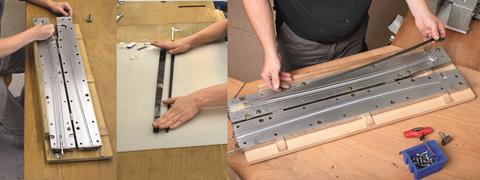
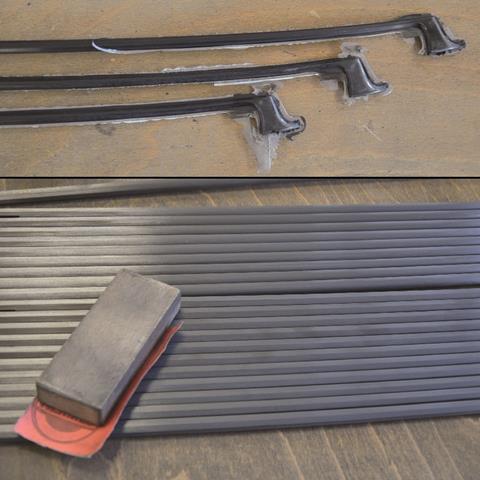


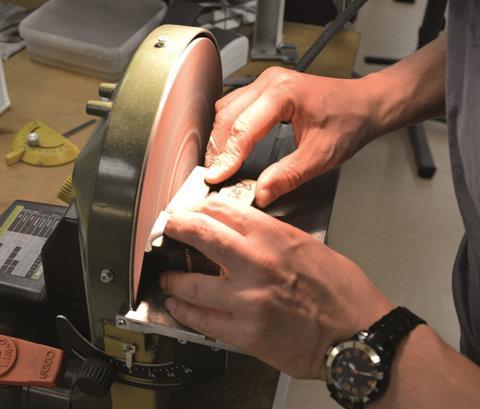
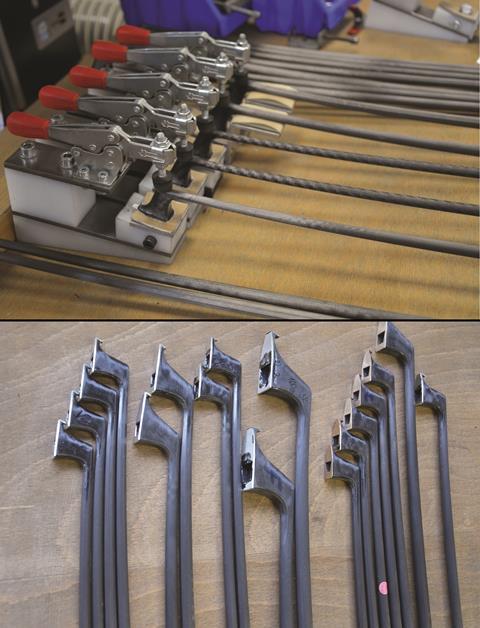
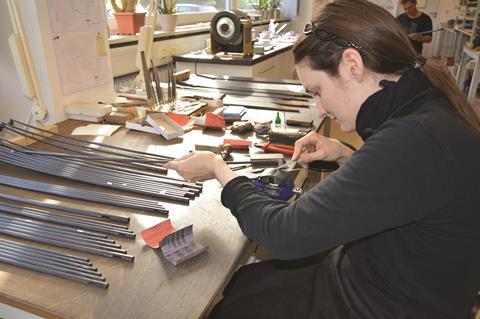

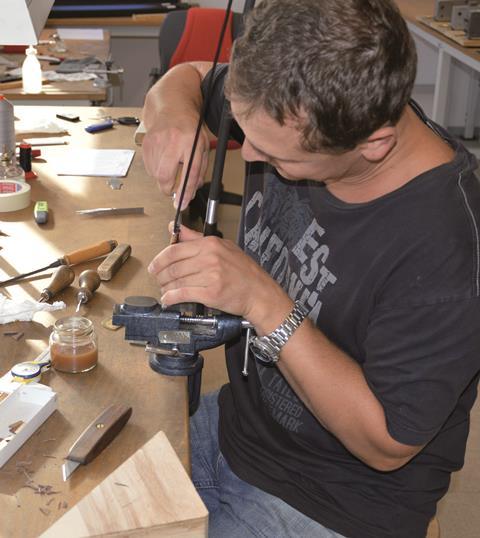




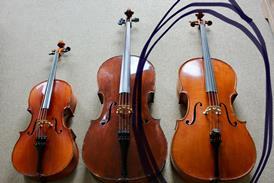
























No comments yet